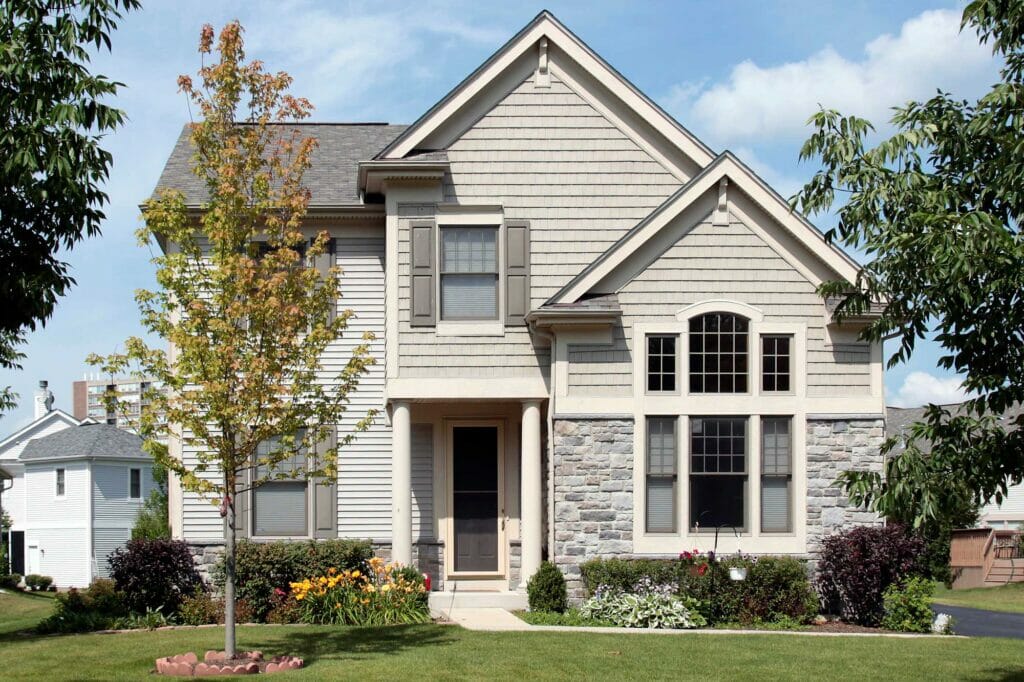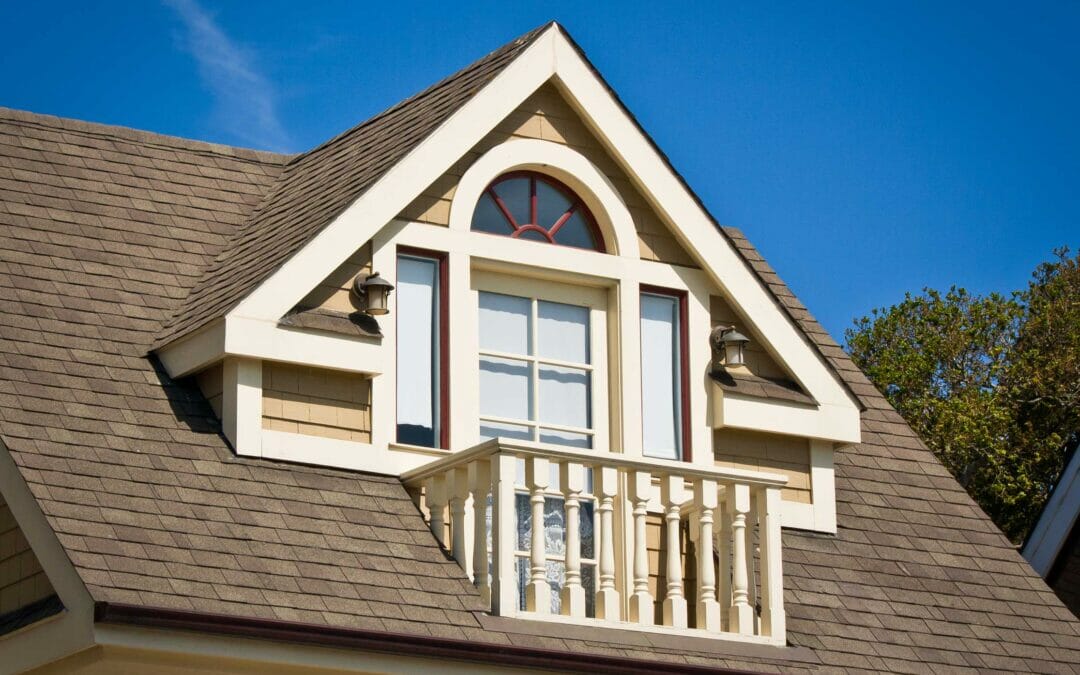The idea of ventilating an attic seems a little counterintuitive at first: You insulate your home to reduce temperature fluctuations and save on utility bills, but you also need to allow fresh air to flow through the attic no matter the time of year. Making sure that your home has the proper attic ventilation, however, can save you the stress and hassle of an emergency roof repair. Here’s what you need to know.

Basics of Attic Ventilation
In order to understand why attic ventilation is important to the safety and continued function of your home, it’s necessary to grasp the basics of attic ventilation. Intake vents are typically positioned on the lowest parts of the roof, under the eaves, though your home may also have shingled intake vents installed on a lower part of the roof, or even gable vents installed high on the sides of the home. From this position, air enters the attic through the intake vents.
The attic ventilation system should also have exhaust vents located near the peak of the roof. These vents allow hot air to escape the attic as it rises to the peak of the roof. During the summer months, cool air enters through the intake vents and hot air exits through the exhaust vents to reduce the heat inside the attic.
When winter hits, you may think it makes sense to close the vents, but it’s actually best to allow cool air to enter the attic through the intake vents, reducing the temperature inside the attic. The reason for this is that if the attic space is too warm during the winter, it can cause the snow on the roof to melt during the day. When night falls, the melted snow freezes and can create an ice dam on the roof and in the gutter system, which can lead to leaks, mold growth, and ice damage.
Attic Ventilation With Soffits
Many homes have room for vents in the underside of the eaves, within what is called the soffit. An attic’s intake vents are usually installed in the soffit, either as individual vents spaced every few feet or as one continuous, perforated soffit running the entire length of the eave. While they’re effective at pulling in cooler air, the biggest issue with soffit vents has to do with their positioning: When insulating an attic, homeowners can easily but inadvertently block these vents. Blocked soffit vents are as useful as having no soffit vents at all because they prevent fresh air from freely flowing into the attic.
Attic Ventilation Without Soffits
Homes without room for soffit vents usually use gable vents or shingled vents to take advantage of passive ventilation. These vents can blend in with the home’s exterior, or be design elements to add visual interest to the home. Made of wood, aluminum, or vinyl, these vents are usually louvered and are available in a range of shapes—it’s not unusual to find diamond, round, elliptical, and even star-shaped and eyebrow vents. Other types of non-soffit vents include turbine vents, as well as solar-powered and hard-wired powered vents.
Why Is Attic Ventilation Important?
Your attic shields and protects your home, serving as a filter for the air that needs to be either kept in or moved out seasonally. During the summer months, proper attic ventilation balances the hot and wet air that comes from outside. Alternatively, during the winter months, it can prevent ice dams that can form and damage your roof and shorten the lifespan of your attic. Perhaps most importantly in the Pacific Northwest, proper airflow also reduces the potential for moisture build-up which can turn into mold, putting both the structural integrity of your home and the health of your family at risk. Contact a residential roofing contractor now!
Airflow being blocked from the vents by attic insulation is a common problem that homeowners report. Thankfully, this can be prevented by a simple attic baffle installation. Baffles serve as a channel for the air traveling throughout your attic, promoting airflow; this airflow, in turn, prevents moisture build-up and protects your home from water damage, condensation, mildew, and the much-dreaded mold that can form from having poor attic ventilation.
Ready to ventilate your attic? Don’t delay, call or contact Roofs For Life today for a free estimate!


